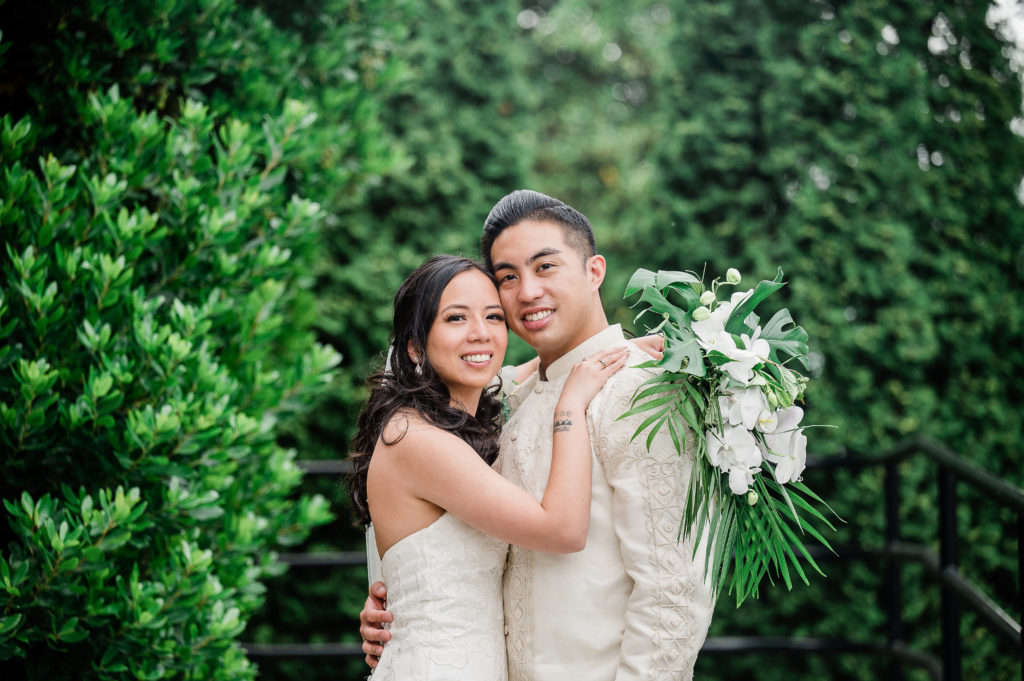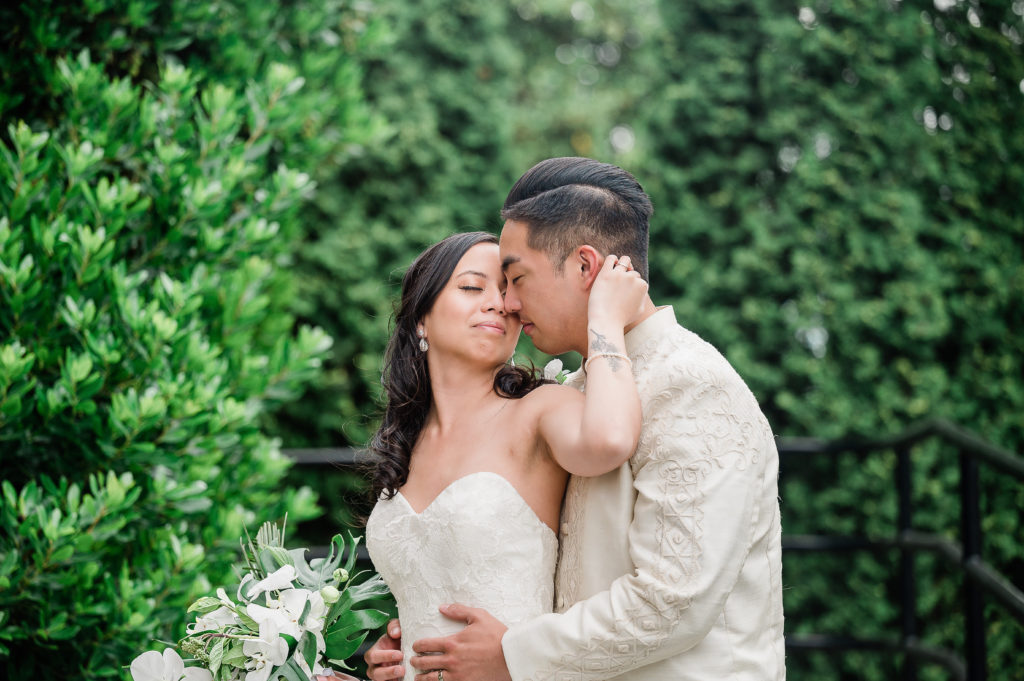WordPress SEO Guide for Photographers

WordPress SEO As a photographer, you likely have a wealth of experience and knowledge to share through your WordPress blog. But even the most well-written and informative blog posts won’t be seen by your target audience if they don’t appear in search engine results. That’s why enhancing your WordPress blog posts for SEO (search engine optimization) is important. In this article, we’ll share some essential WordPress SEO tips for photographers who blog.
WordPress is an excellent platform for photographers who want to blog because it’s easy to use. Plenty of plugins and themes are available to help you create a beautiful photography website or blog. However, WordPress doesn’t automatically optimize your site for search engines like Google. That’s where WordPress SEO comes in.
WordPress SEO is the process of improving the visibility and ranking of your blog in search engine results pages (SERPs). The higher your blog appears in SERPs, the more likely people will find and read your content.
There are two main types of SEO: on-page SEO and off-page SEO. On-page SEO refers to optimizing the individual blog post, while off-page SEO focuses on promoting your blog and building links to increase its authority. As a photographer, you’ll need to focus on both types of SEO to ensure that your blog posts are visible and rank well in SERPs.
Luckily, WordPress SEO doesn’t have to be complicated or time-consuming. With a few simple WordPress SEO tips, you can start optimizing your site for search engines and driving more traffic to your blog.
On-page WordPress SEO Basics for Photographers

On-page SEO is simply the tasks you perform within your WordPress blog to optimize it for search engines. This includes optimizing your titles and descriptions, using the right keywords, and adding images and videos.
Let’s look at each of these on-page SEO factors in more detail.
Optimizing Your Titles and Descriptions
The title and description of your blog post are two of the most important on-page SEO factors, as they help search engines understand what your blog post is about and why it’s relevant to their users.
Your title should be catchy and descriptive, but also include the primary keyword or phrase you’re targeting. For example, if you’re writing a blog post about Preparing for hurricanes, your title could be “Preparing for hurricanes: what you need to know.”
Your description should be short and to the point and include your target keyword or phrase. This will appear in SERPs beneath your title, so make sure it’s compelling and accurately reflects the content of your blog post.
Using the Right Keywords
Another important on-page SEO factor is using the right keywords throughout your blog post. Keywords are the words and phrases people use to search for content on the internet. Using these keywords strategically in your blog posts helps search engines understand what your content is about and match it with relevant searches.
When choosing keywords, it’s important to balance being too specific and too general. If your keywords are too specific, they may get little to no traffic. But if your keywords are too general, your blog post may get lost in the sea of other content competing for those exact keywords.
To find the right keywords for your WordPress blog posts, start by brainstorming a list of relevant terms and phrases that people might use to search for your content. Then, use a keyword research tool like Google Keyword Planner to find out how many people are searching for those terms.
Once you’ve found a few good keywords, sprinkle them throughout your blog post in the following places:
- Title
- Description
- Headings and subheadings
- Body copy
- Images
- Meta tags
Adding Images and Videos
Another great way to optimize your WordPress blog posts for search engines is to add images and videos. Not only do images and videos make your content more visually appealing, but they also help break up large blocks of text and make your content more shareable on social media.
When adding images to your blog posts, include keywords in the file name and fill out the alternate text field with a brief, keyword-rich description of the image. This will help search engines understand the image and why it’s relevant to your blog post.
If you’re adding videos to your blog posts, include keywords in the file name, title, and description. You can also optimize your videos for SEO by transcribing the audio and adding Closed Captions.
Using Heading Tags Strategically
Heading tags structure your blog post and make it easy for readers to skim and find the most important information. They also help search engines understand the hierarchy of your content.
There are six levels of heading tags, h1 through h6. The h1 tag is the most important and should be used for your blog post’s title. The h2 tag should be used for your subheadings and so on.
When adding heading tags to your blog post, include keywords that accurately describe the content of that section. This will help search engines understand your blog post and match it with relevant searches.
Adding Internal and External Links
Adding links to your content helps improve your website’s user experience and boost your SEO.
Internal links go to other pages or posts on your website. This helps users navigate your site and find related content. It also helps search engines understand the structure of your website and index your pages accordingly.
External links are links to other websites. This helps improve the user experience by providing additional resources and information on a particular topic. It can also help build relationships with other website owners, leading to link-building opportunities further down the road.
When adding links to your content, use relevant keywords as the anchor text. This is the clickable text that appears on a webpage. For example, if you’re linking to a blog post about wedding photography tips, you might use the anchor text “wedding photography tips.”
Optimizing Your URLs
When creating a WordPress blog post, you’ll have the opportunity to edit the permalink or URL. Use keywords in your WordPress blog post’s URL so that people and search engines will know what your blog post is about at a glance.
For example, if your blog post is about “10 Tips for WordPress SEO,” you might want to use the permalink “/10-tips-for-wordpress-seo/”. WordPress allows you to edit the permalink to include keywords without changing the actual title of your blog post. Here’s how.
Adding Social Media Sharing Buttons
Make it easy for visitors to share your WordPress blog posts on social media by including social media sharing buttons on each post. WordPress plugins like Social Warfare and WP Social Sharing make adding these buttons to your blog posts easy.
When configuring your social media sharing buttons, be sure to include Twitter Cards. Twitter Cards are rich media attachments that appear on tweets when someone shares your blog post on Twitter. They can help increase the click-through rate of your tweets and improve your WordPress SEO.
To configure Twitter Cards for your WordPress blog posts, you’ll need to add some code to your WordPress theme. If you’re uncomfortable doing this, you can use a WordPress plugin like Yoast SEO or WP Social Cards.
Installing an SSL Certificate
An SSL certificate is a digital certificate that encrypts data sent between your website and visitors’ web browsers. This helps protect sensitive information, like credit card numbers and passwords, from being intercepted by hackers.
WordPress websites are required to have an SSL certificate if they’re going to be running eCommerce transactions. However, even if you’re not selling anything on your WordPress website, installing an SSL certificate is still a good idea. This is because Google now uses HTTPS as a ranking signal.
If you’re unsure how to install an SSL certificate on your WordPress website, your web hosting provider should be able to help. If you’re using WordPress.com to host your WordPress website, an SSL certificate is automatically installed for you.
Off-page WordPress SEO Basics for Photographers

1. Promote Your Content
Once you’ve created great content, promoting it to get the most out of your SEO efforts is important.
There are several ways to promote your content. You can share it on social media, post it in forums, or guest blog on other websites.
When promoting your content, be sure to include a link back to your website. This will help increase traffic to your website and improve your SEO.
2. Build High-Quality Backlinks
A backlink is a link from another website to your website. Backlinks are important because they help improve your website’s search engine ranking. The more high-quality backlinks you have, the better.
However, it’s not just the quantity of backlinks that is important; it’s also the quality. A high-quality backlink is a link from a website that is relevant to your niche and has a high domain authority.
Domain authority measures how well a website will rank in search engines. The higher the domain authority, the better.
To find websites where you can guest blog or get backlinks, you can use a tool like Moz’s Open Site Explorer. Just enter your website’s URL into the tool, and it will show you a list of websites where you can get backlinks.
3. Monitor Your Traffic and Rankings
Monitoring your traffic and rankings is an integral part of SEO. You can see what’s working and what’s not by tracking your progress.
There are a few different ways to track your traffic and rankings. One way is to use Google Analytics. This is a free tool that provides detailed information about the traffic to your website.
Another way to track your traffic and rankings is to use Google Search Console. This free tool aids developers, website owners, bloggers, and SEO experts assess how well their site ranks on Google Search.
These tools can help you understand your SEO progress and make changes accordingly.
4. Guest blog on other websites
If you want more traffic to your WordPress website, guest blogging is a great way to do it.
Guest blogging involves writing blog posts for other WordPress websites in your niche. When you guest blog, you can include a link back to your own website in your bio. This helps drive traffic back to your website.
To find WordPress websites that accept guest bloggers, you can search for “guest blogging sites” + your niche. For example, as a photographer, you could search for “guest blogging sites photography.”
Conclusion
While Search Engine Optimisation (SEO) may be the last thing on a photographer’s mind, it’s important to remember that SEO can be a powerful tool for driving traffic to your website.
Following the tips in this guide can improve your website’s ranking in SERPs and get more people to see your work.
So what are you waiting for? Start optimizing your blog posts today! If you have any further questions, feel free to reach out by sending me a message through my contact page.
SEO Glossary for Photographers with WordPress Blogs
SEO: a short form of “Search engine optimization,” the practice of improving the ranking of a website on search engines such as Google, Yahoo!, and Bing.
SERP: “Search engine results page,” the list of websites that a search engine returns in response to a query.
Rankings: the position that a website occupies on a SERP.
Keywords: words or phrases a user enters into a search engine when looking for something.
Relevance: how closely a website’s content matches the keywords used in the search query.
Authority: how trustworthy and authoritative the content of a website is.
Links: incoming links to a website from other websites.
Traffic: the number of visitors to a website.
Google Analytics: a free tool that provides detailed information about the traffic to your website.
Google Search Console: a free tool showing your website’s performance in SERPs.
SEO specialist: someone who specializes in optimizing websites for search engines.
Algorithms: rules that a search engine follows when ranking websites.
Best practices: the most effective methods for doing something.
Social media: websites and apps that allow users to create and share content.
Newsletter: a regularly scheduled email that contains information about a certain topic.
Plugin: a piece of software that can be added to a website to provide additional features.
Yoast SEO: a WordPress plugin that allows you to easily optimize your website for search engines.
All in One SEO Pack: a WordPress plugin that also allows you to easily optimize your website for search engines.
Sitemap: a list of all the pages on a website. Sitemaps help search engines index websites more quickly.
WordPress: a content management system that allows users to easily create and manage websites. WordPress is the most popular CMS in the world.

Comments +
Comments -